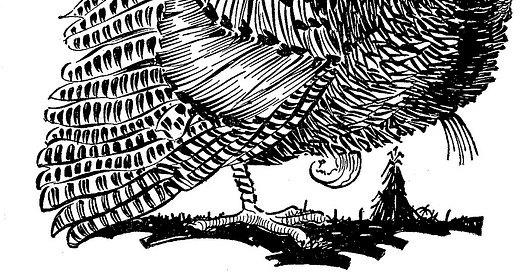I must confess right at the start that I’ve never been a fan of Thanksgiving. Call me Scrooge if you will, but I don’t see the point of eating oneself into a stupor, even on just one day of the year.
And to my palate the food on the Thanksgiving table, at least in the traditional New England household in which I grew up, isn’t even all that interesting. …
Keep reading with a 7-day free trial
Subscribe to On the Kitchen Porch to keep reading this post and get 7 days of free access to the full post archives.




